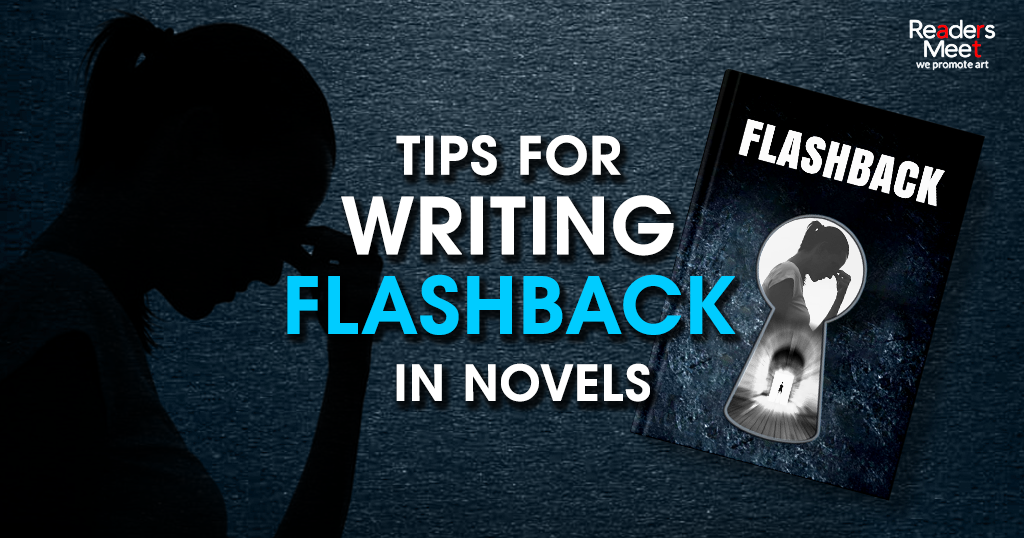Writing flashback in novels are like time machines, transporting us to the past to understand the present.
Flashbacks, a technique that authors use to break the the chronological order of a narrative to show an earlier event, are more than just a plot device. They get the readers to travel to the past to gain a deeper understanding of the present. Through flashbacks, authors can reveal character backstories, provide context for current events, and create a more immersive and meaningful reading experience.
One of the well-known example of writing flashback is Khaled Hosseini’s
The Kite Runner. In this novel, flashbacks to Amir’s childhood in Afghanistan help readers understand his guilt and redemption arc.
Flashbacks, when used smartly, are the powerful tools for enhancing storytelling. By visiting the past, they can reveal hidden truths, deepen character development, and create a more immersive narrative. However, it’s essential to use flashbacks judiciously and strategically to avoid disrupting the flow of the story. In this guide, we’ll explore five key tips for writing effective flashbacks that will leave a lasting impression on your readers.
Let’s discuss the top 5 tips for Writing flashback in novels
1. Timing is Key:
The placement of flashbacks in the story is essential to their effectiveness in storytelling. By considering factors such as emotional impact, revelation of hidden truths, foreshadowing, and pacing, authors can use flashbacks to enhance the narrative, create suspense, and deepen character development. A well-timed flashback can reveal crucial information, intensify emotional responses, or hint at future events, ultimately contributing to a more engaging and memorable reading experience.
2. Purposeful Use:
To ensure that your flashbacks are effective and contribute to the overall narrative, it’s crucial to use them purposefully. Each flashback should serve a clear purpose, such as revealing hidden truths, deepening character development, or enhancing the emotional impact of the story. Avoid using flashbacks simply for nostalgia or to fill in gaps in the narrative. Rather, ensuring that they are integral to the plot will add depth to the storyline and contribute to the overall theme or message of your story.
3. Show, Don’t Tell:
To bring your flashbacks to life and create a more immersive reading experience, use vivid imagery and sensory details. Instead of simply telling readers what happened, show them through the character’s senses. Paint a picture of the past using words that appeal to the reader’s five senses. For example, instead of saying “The day was hot,” you could write “Sweat beaded on his forehead as the relentless sun beat down on his neck.” By using vivid imagery and sensory details, you can transport readers back in time and help them experience the past through the character’s eyes, making the story more engaging and memorable.
4. Maintain Consistency:
Maintaining consistency in flashbacks is essential for a credible and immersive narrative. To ensure consistency, authors must present flashbacks in a logical chronological order, maintain consistent character development, and avoid any discrepancies in settings, details, or events. By paying attention to internal logic and avoiding plot holes, authors can create a believable and engaging story that avoids confusing or frustrating readers..
5. Limit Overuse:
Overusing flashbacks can lead to confusion, fatigue, and a diminished impact on the narrative. To avoid these pitfalls, it’s crucial to use flashbacks sparingly and ensure that they serve a specific purpose. Each flashback should reveal crucial information, deepen character development, or enhance the overall narrative. By carefully considering the purpose and placement of flashbacks, authors can effectively use this storytelling technique to create a more engaging and memorable reading experience.
Takeaway
When used strategically, writing flashback in novels can be a powerful narrative tool. By revealing hidden truths, deepening character development, and creating a more immersive experience, they can elevate your storytelling to new heights. It is as important as deciding a title of the novel. However, it’s crucial to use flashbacks judiciously and with purpose to avoid disrupting the flow of the story. By following these tips, you can effectively incorporate flashbacks into your writing and enhance your storytelling.
However, it’s imperative to use flashbacks judiciously to avoid disrupting the narrative flow. Overuse can lead to confusion and diminish their impact. The key is to ensure that each flashback serves a clear purpose and enhances the overall narrative.



